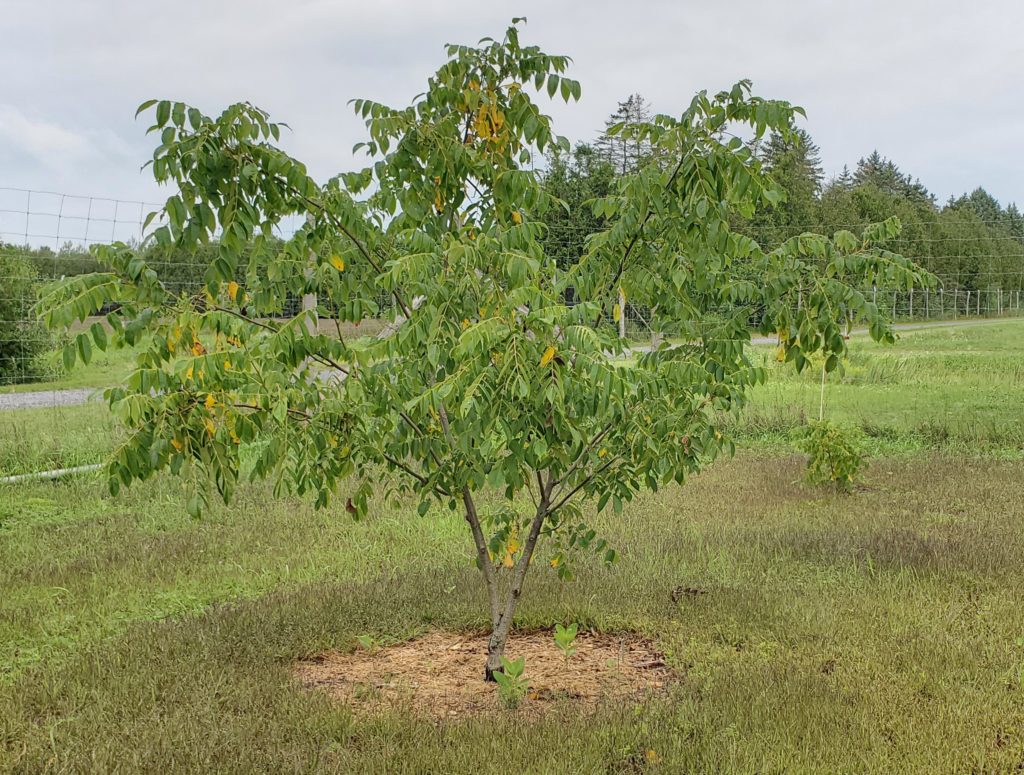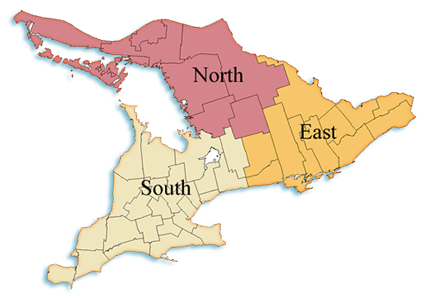Species Conservation
Managing Your Forest Sustainably
Conserving the genetic diversity of our existing forests starts with learning about the health of Ontario native species and the sites they are adapted to. When managing forests, start with a plan that is informed by a local professional, considers conservation principles and sustainability, while achieving economic outcomes.
Species that are at Risk
There are many reasons species become officially listed Species at Risk – either Endangered, Threatened, or Special Concern. A species may become at risk in Ontario due to impacts such as insect predation, diseases, habitat loss, and hybridization. In some cases more than one threat is at work. Other factors such as seed predation, poor harvest practices, natural rarity, etc. can add to their vulnerability. There are also tree species that are in trouble though not yet officially listed.
More than 200 species of plants and animals are at risk of disappearing from Ontario.
Learn how a plant or animal is classified as Endangered, Threatened, Special Concern or Extirpated. The Committee on the Status of Species at Risk in Ontario (COSSARO) oversees this work.
Butternut
Butternut (Juglans cinerea) is listed as Endangered in Ontario under the Endangered Species Act(ESA) . The main threat to this species is Butternut Canker (Ophiognomonia clavigignenti-juglandacearum) which is a fungus that affects the cambial layer of Butternut. Other threats include tree cutting, habitat loss and hybridization with exotic walnut species. FGCA has been working on recovering this species with the help of our many partners.

